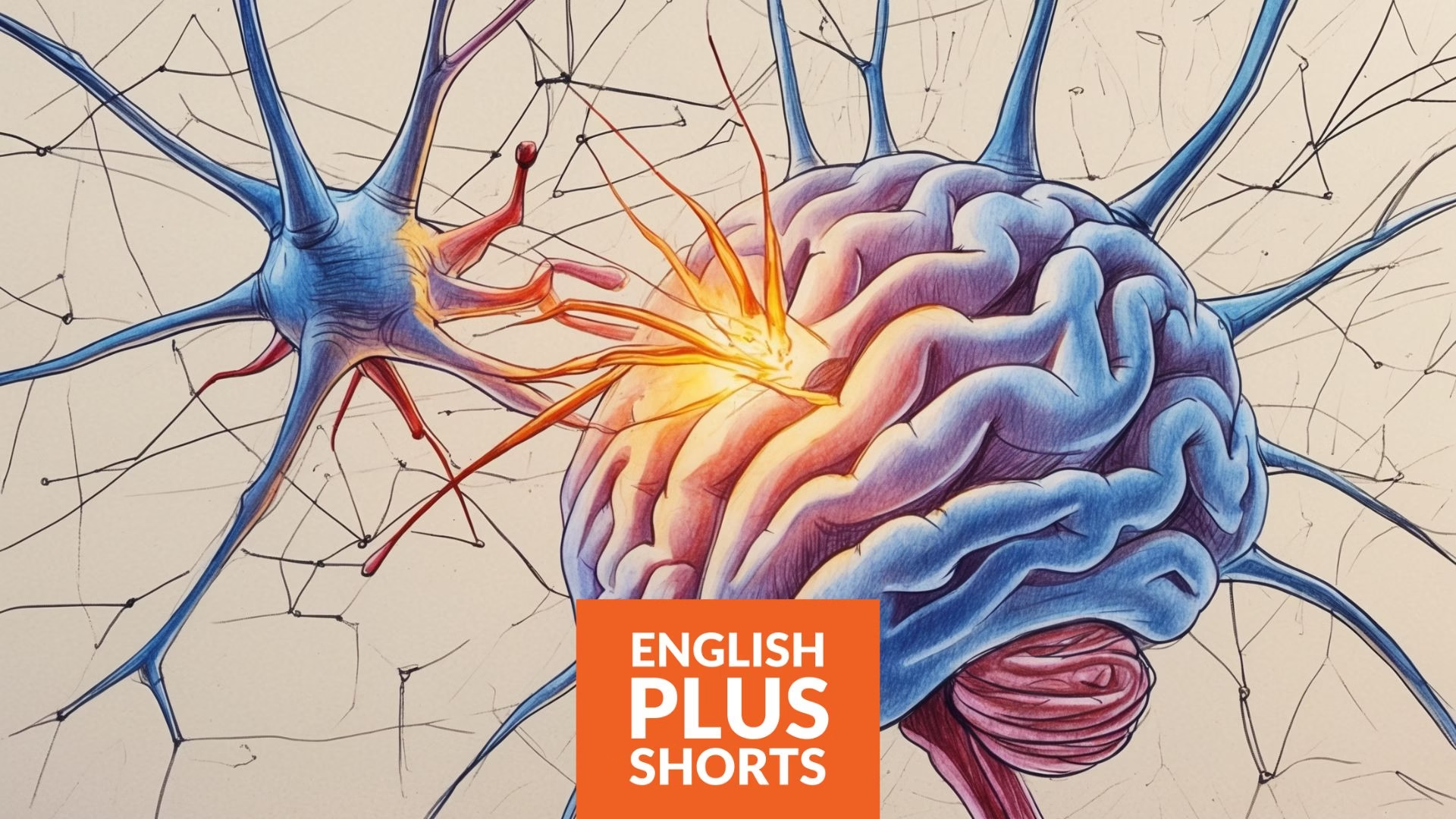Ever stop to think about what’s actually going on inside your head right now as you’re listening to this? I mean, it’s pretty amazing, right? Thoughts are forming, you’re understanding my words, maybe even picturing some of the things I’m describing. All of this incredible activity is happening thanks to some truly remarkable little cells called neurons.
Now, you might have heard the word “neuron” before, maybe in a science class. But let’s take a closer look at these tiny powerhouses and understand why they’re considered the fundamental building blocks of your brain and nervous system.
Think of your brain as this incredibly complex and intricate network, like a super sophisticated computer. And just like a computer has transistors and circuits, your brain has billions of neurons, all interconnected and working together to make everything happen – from thinking and feeling to moving and remembering.
So, what exactly is a neuron? At its most basic, it’s a specialized cell that transmits information through electrical and chemical signals. Imagine tiny messengers constantly zipping around inside your brain, carrying crucial information from one place to another. That’s essentially what neurons do.
A typical neuron has a few main parts. First, there’s the cell body, which contains the nucleus and other essential components of the cell. Branching out from the cell body are these tree-like structures called dendrites. Think of dendrites as the receivers of the neuron. They’re designed to pick up signals from other neurons.
Then there’s the axon, which is a long, slender projection that extends from the cell body. The axon is like the transmitter of the neuron. It carries the signal away from the cell body towards other neurons, muscles, or glands. To help speed up the transmission of these signals, many axons are covered in a fatty substance called myelin, which acts like an insulation layer.
And finally, at the end of the axon, there are axon terminals, which are like the branching ends of the axon. These terminals are where the neuron can transmit its signal to other neurons or target cells.
Now, here’s where it gets really interesting. Neurons don’t actually touch each other. There’s a tiny gap between them called a synapse. When a signal reaches the axon terminal of one neuron, it triggers the release of chemical messengers called neurotransmitters. These neurotransmitters travel across the synapse1 and bind to receptors on the dendrites of the receiving2 neuron, either exciting it or inhibiting it.
It’s this intricate dance of electrical and chemical signals across trillions of synapses that allows for the complex processing of information in your brain. Think about it – every thought you have, every memory you recall, every decision you make is the result of these tiny neurons firing and communicating with each other in incredibly complex patterns.
It’s almost unbelievable how these tiny cells can give rise to our entire conscious experience. From the simplest reflex to the most profound philosophical contemplation, it all comes down to the activity of these neurons.
And the numbers are staggering. Your brain contains around 86 billion neurons! That’s more than the number of stars in our galaxy! And each neuron can form thousands of connections with other neurons, creating a network of unimaginable complexity.
This network is constantly changing and adapting throughout your life. When you learn something new, new connections are formed between neurons. When you practice a skill, those connections become stronger. This ability of the brain to change and reorganize itself is called neuroplasticity, and it’s all thanks to the amazing adaptability of our neurons.
So, the next time you’re learning a new language, or trying to master a musical instrument, or even just remembering where you put your keys, take a moment to appreciate the incredible work that your neurons are doing behind the scenes. They are the unsung heroes of your mental life.
What if we could somehow tap into the full potential of our neuronal networks? What if we could learn to consciously control the connections between our neurons to enhance our learning abilities, our memory, or even our creativity? It’s a fascinating thought, isn’t it?
Think about how understanding the basics of neuron function can help us in our daily lives. For example, knowing that sleep is crucial for allowing the brain to consolidate memories, which involves strengthening neuronal connections, might make us prioritize getting enough rest. Understanding how stress can affect neurotransmitter balance might encourage us to find healthy ways to manage stress.
It’s empowering to know that we have this incredible biological machinery inside our heads that’s constantly working to make us who we are. And while we’re still uncovering many of the mysteries of the brain, understanding the fundamental role of the neuron is a crucial first step.
So, the next time you have a thought, a feeling, or an action, remember the billions of neurons firing in your brain. They are the tiny architects of your mind, constantly building and rebuilding the intricate landscape of your inner world.
Now, I’m curious. What if we could develop technology that allowed us to directly communicate with our neurons? What kind of possibilities might that open up for learning, communication, and even understanding consciousness itself? Share your thoughts and ideas with us in the comments section on the podcast, on our website englishpluspodcast.com, or on our Patreon page.
And my friends, if you enjoy these short episodes from English Plus, you will love our longer episodes, audio series and courses on English Plus Podcast, so to find out our latest content, head over to englishpluspodcast.com and while at it, consider unlocking access to everything English Plus Podcast has to offer by subscribing on Apple Podcasts or Patreon. Thank you for listening, I will see again soon with another intriguing short from English Plus Podcast.
Listen to our main podcast English Plus Podcast on Apple Podcasts or Patreon










0 Comments